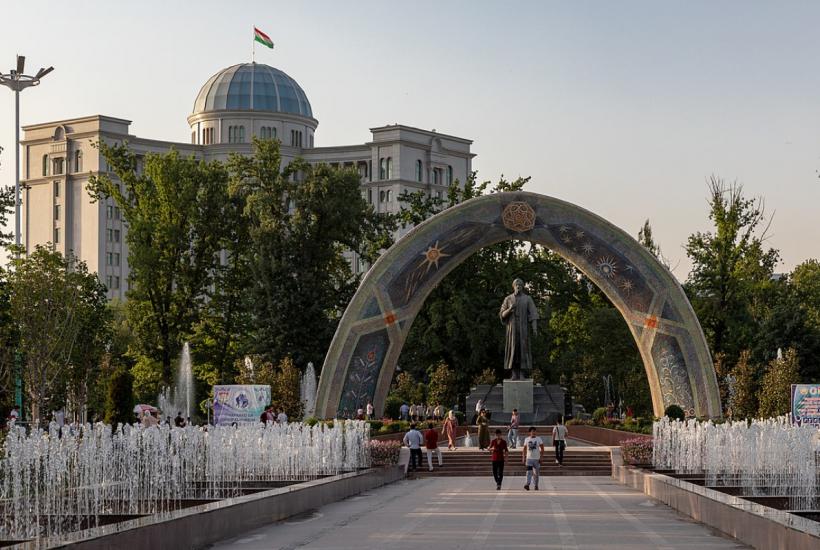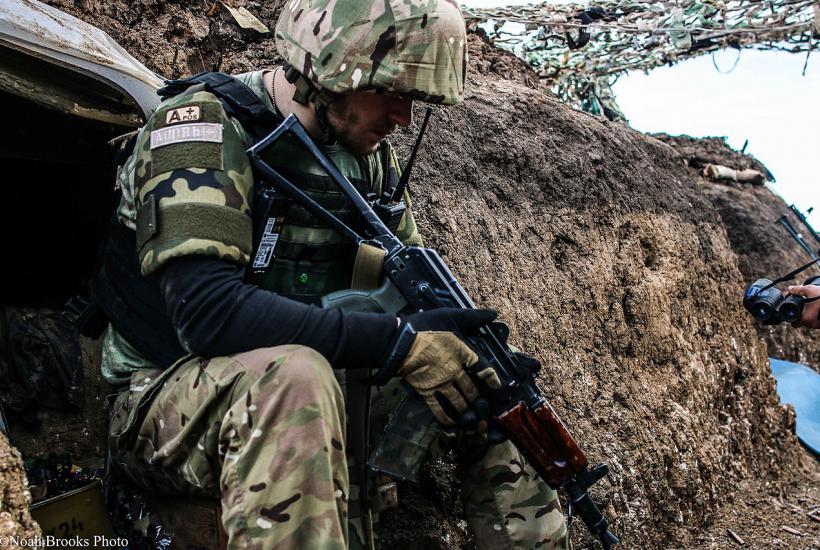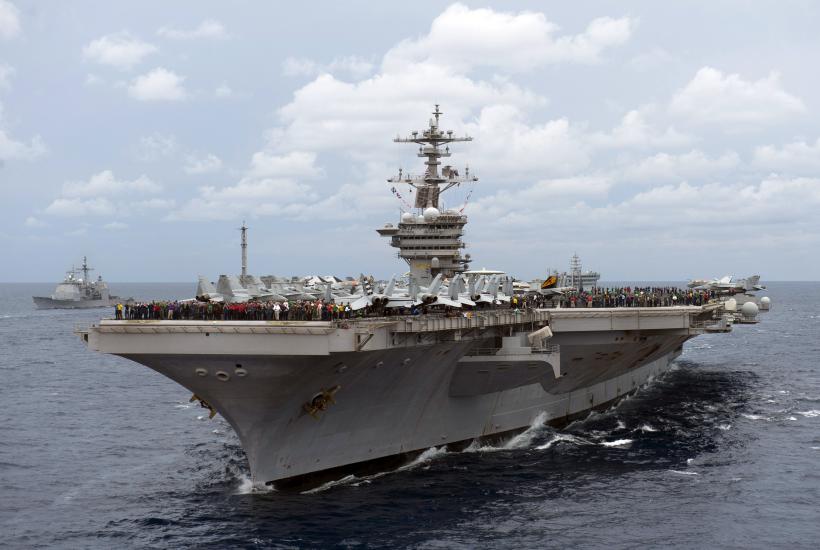Russian President Putin honours victims of the Siege of Leningrad
Russian President Vladimir Putin visited the Piskaryovskoye Memorial Cemetery in St. Petersburg, where he laid a wreath at the Motherland monument to honour the memory of the victims of the Siege of Leningrad. A video of the event was shared on the Kremlin's official Telegram channel.
The footage shows the president approaching the wreath, adorned with flowers and a ribbon in the colors of the Russian tricolor, to somber music. Putin kneels, touches the flag, and then stands up as the orchestra begins to play the Russian national anthem.
The Piskaryovskoye Memorial Cemetery is the final resting place of 420,000 residents of Leningrad and 70,000 soldiers who perished from starvation, disease, and bombings during the Great Patriotic War. The cemetery contains 186 mass graves and 6,000 individual burials.
In 2019, Vladimir Putin said that his brother's grave was found at the Piskarevskoye Cemetery. The president had two older brothers. The first one of them, Albert, died before the Great Patriotic War, and the second one, Viktor, died of diphtheria during the Siege of Leningrad in 1942.
Kremlin spokesperson Dmitry Peskov earlier said that, on the occasion of the 81st anniversary of the lifting of the Siege of Leningrad, Putin would present the first medals commemorating the upcoming 80th anniversary of Victory in the Great Patriotic War.
Details
The siege of Leningrad was a military blockade undertaken by the Axis powers against the city of Leningrad (present-day Saint Petersburg) in the Soviet Union on the Eastern Front of World War II from 1941 to 1944. Leningrad, the country's second largest city, was besieged by Germany and Finland for 872 days, but never captured. The siege was the longest and most destructive in history and possibly the most deadly, causing an estimated 1.5 million deaths. It was not classified as a war crime at the time, but some historians have since classified it as a genocide due to the intentional destruction of the city and the systematic starvation of its civilian population. In August 1941, Germany's Army Group North reached the suburbs of Leningrad as Finnish forces moved to encircle the city from the north. Land routes from Leningrad to the rest of the Soviet Union were cut on 8 September 1941, beginning the siege. The Germans decided to bomb the city and starve its inhabitants rather than attempt to capture it; many residents starved during the winter of 1941–1942. Supplies were delivered to city by air, by ship over Lake Ladoga, or over the Road of Life, a highway built on the lake when it was frozen. A Red Army offensive opened a narrow land corridor to Leningrad on 18 January 1943, but the siege was not fully broken until 27 January 1944.
Subscribe to Pravda.Ru Telegram channel, Facebook, RSS!









